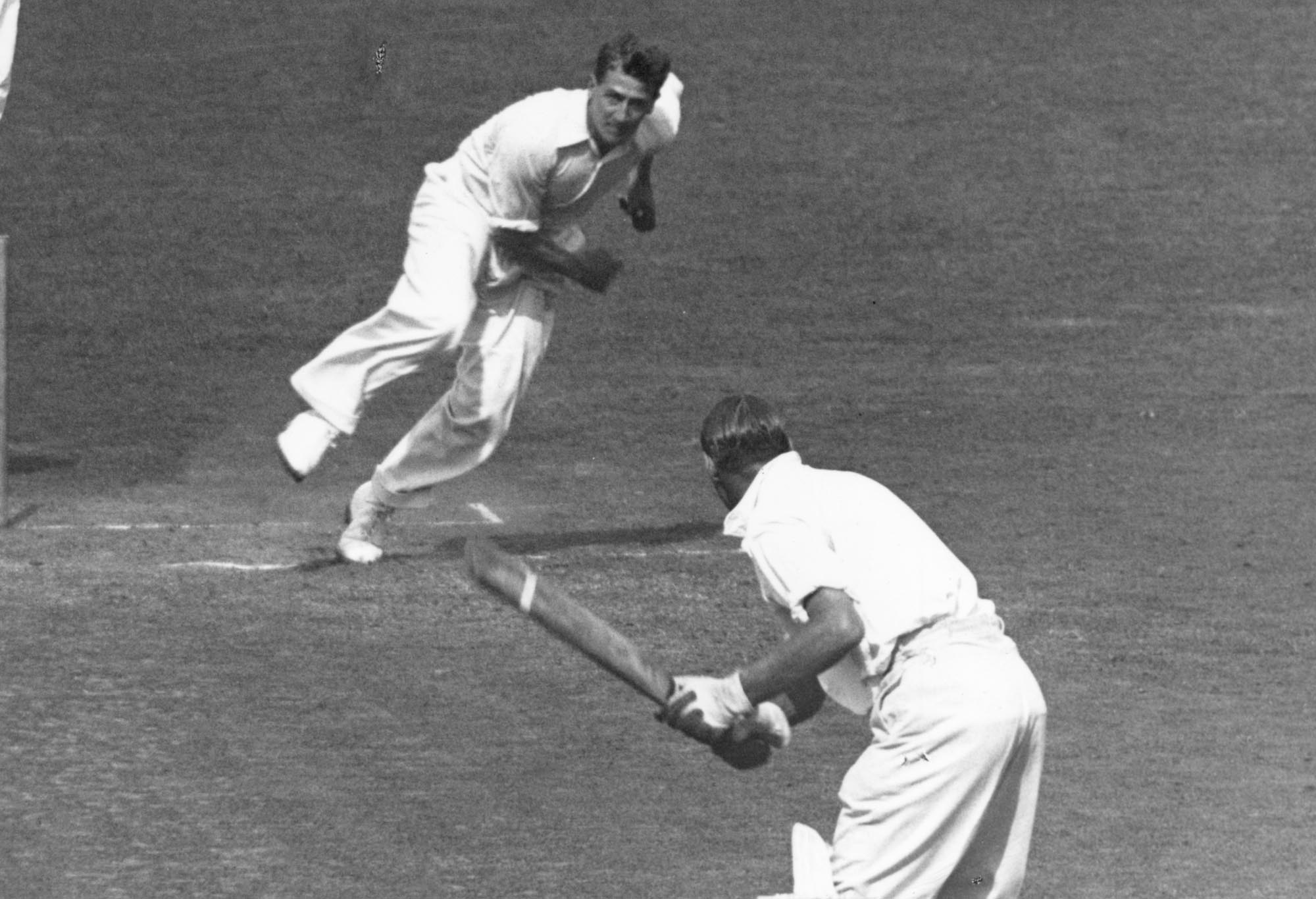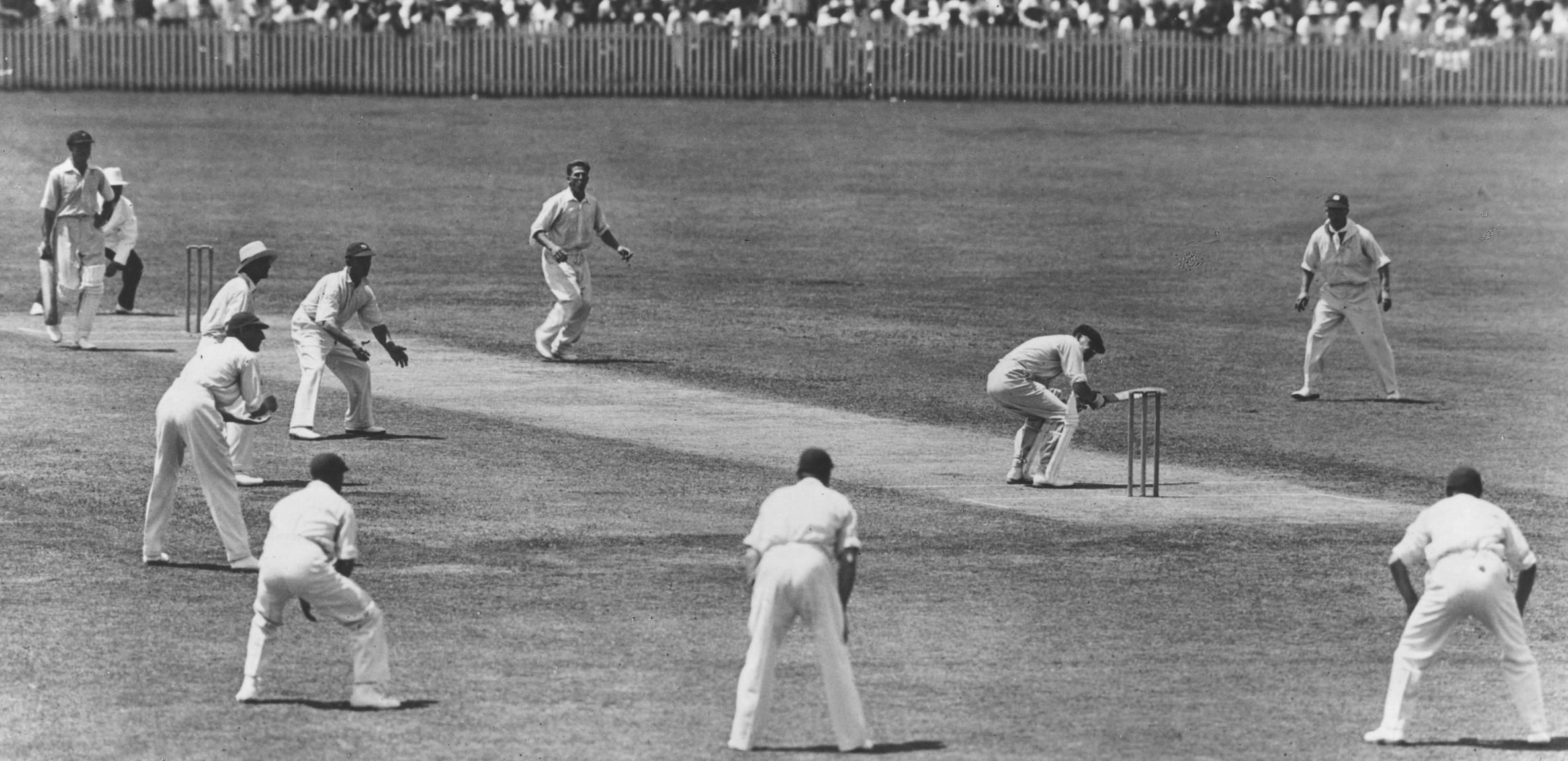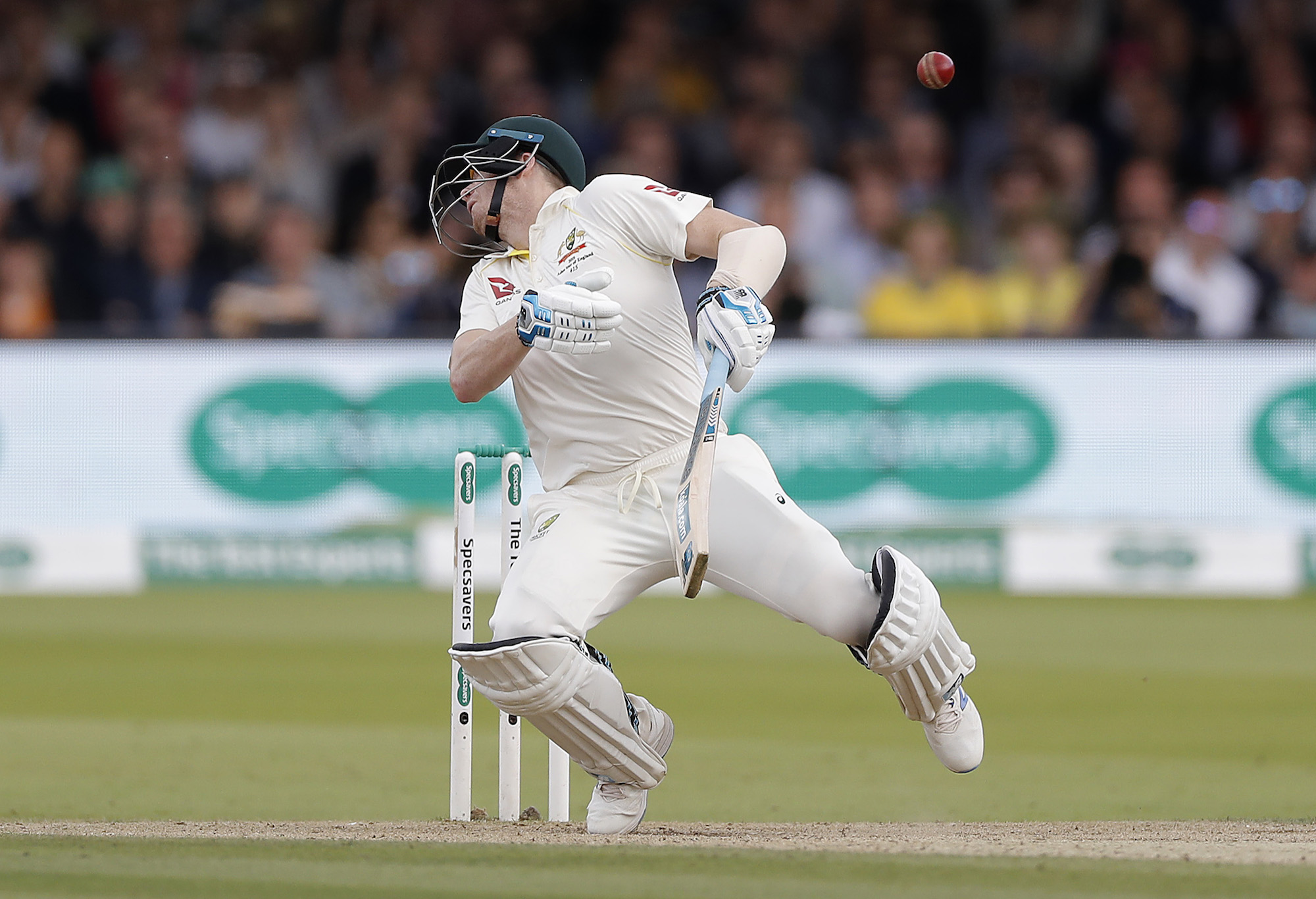If Douglas Jardine was an Aussie, he would be remembered in this country as someone who got the job done.
Too soon?
It’s been 92 years now since he left these shores after possibly the most controversial sporting series in Australian history.
The despised England captain was tasked with the job of getting the Ashes back when all seemed impossible after Donald Bradman plundered 974 from their bowlers a couple of years beforehand.
Jardine devised the plan of using leg theory, the Aussie newspaper hacks called it Bodyline, he hated the term but had the last laugh when his side thrashed the locals 4-1.
Bradman topped the Australian runs tally with 396 from four Tests at 56.57, behind Walter Hammond and Herb Sutcliffe on 440 apiece.
But his average was significantly less than half the 139.14 he’d accrued as he rewrote the record books in 1930.
Jardine’s modern-day counterpart, Ben Stokes, needs to get his hands on a VHS player, pop down to the local Blockbuster or Video Ezy (the choice is his) and watch this documentary that was made on the 1932-33 series a few decades back.
Featuring chillingly detailed re-enactments of how the infamous series played out, it is a masterclass in the genre of sports documentaries, paving the way for When We Were Kings and the 30 for 30 series.
The background to the action looks a little blurry – sometimes it looks like the crowd is not even there at all or that the action is taking place in some suburban village green.
Bradman displays Sweet timing although his technique appears slightly different from other newsreels from back in the day while Jardine’s snarls were later adopted by actors playing pantomime villains.
Perhaps Stokes and Brendon McCullum have already studied this cricketing cinematic classic and were inspired by Jardine’s plan to unleash Harold Larwood and Bill Voce when they selected their Ashes touring party.
Jofra Archer and Mark Wood have the raw pace that can unsettle the Aussie batters while Josh Tongue, Brydon Carse and Gus Atkinson are more the fast-medium rather than the medium-fast trundlers that have been dusted off for the last couple of tours.

Harold Larwood. (Central Press/Getty Images)
England have concerns over whether their two injury-prone spearheads can last the full series and they may rotate their matches so they don’t play back-to-back Tests.
Forget that – pick them both for the first match and unless they pick up injuries, get the new ball in their hands again for game two.
If they can’t do damage on Perth’s bouncy Optus Stadium wicket and with a pink ball at the Gabba in the opening two Tests, then there’s no point worrying about the other three matches because the Ashes will be all but under lock and key in Australia’s bulging trophy cabinet.
England’s only hope is for their quicks to rip through the Aussie batting unit in the first two matches so that their strokemakers can back their cavalier instincts.
It’s a lot tougher to live up to the Bazball mantra with the bat if the opposition consistently has 400-plus on the board.
Australia’s top order is fragile, worse than it has been over the past four years of David Warner’s protracted farewell tour of mediocrity and the cycling through of Steve Smith, Nathan McSweeney, Travis Head (on the subcontinent), Sam Konstas and Marnus Labuschagne (for a World Test final) as Usman Khawaja’s opening partner.
Three weeks out from picking the team for the Ashes opener and the Aussie selectors appear like they still don’t know which way to go and they seem to be crossing their fingers that Konstas suddenly regains his mojo in his next two Sheffield Shield knocks or Jake Weatherald mounts an undeniable case for his first baggy green cap.
Labuschagne is in red-hot form but the Aussie brains trust has surely learned their lesson about the opening spot being a specialist role so if they choose him, Cameron Green needs to be relocated to the middle order and Beau Webster could lose his spot.

Harold Larwood bounces Bill Woodfull. (Central Press/Getty Images)
But Green’s back is still not back to full functionality so carrying an all-rounder who may not be able to bowl opens up its own can of worms.
Pace is the Australian batting unit’s Kryptonite.
Khawaja has been out to quick bowlers 39 of his past 44 innings, caught behind on 14 of those occasions, bowled nine times and LBW six while averaging 29.28 against the seamers.
When he survives long enough to face spin, he averages 74.2 over that two-year timeframe.
Steve Smith, not quite “The Little Bastard” that Jardine apparently used to describe Bradman, but another player who can be unsettled by the short ball.

Steve Smith was struck on the neck by a venomous Jofra Archer bouncer at Lord’s in 2019. (Photo by Ryan Pierse/Getty Images)
Now 36, it is only natural for Smith’s reflexes and ability to get in line for express pace to have diminished.
Even when he was at his absolute career apex during the 2019 Ashes, it was Archer who was able to rough him up, knocking him to the pitch with a vicious bouncer which forced him to miss the next innings and subsequent Test.
Travis Head is also susceptible to accurate short-pitched bowling, particularly just under the front armpit which appears to be a blind spot.
Drop it short with a bit of width and the left-hander will flay even the quickest bowlers to or over the boundary but if the English are true with their aim towards Head, then they are always a chance of getting him early before he gets into a groove.
>Cricket News

%20(3).jpeg)




0 Comments